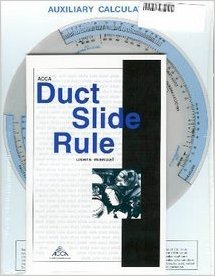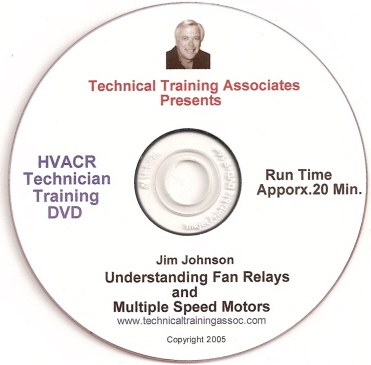
The SEER average was also higher for heat pumps and split system condensing units sold through June of 2007. According to ARI, the average SEER rating for split system condensing units is 13.72, up from the 13.16 SEER average for all of 2006. The SEER average for unitary heat pumps, which includes single package and split, is 13.78, up from the 13.37 SEER average for all units sold in 2006.
When the previously mandated SEER rating jumped from 8 SEER to 10 SEER in 1992, acceptance to higher efficiency was a bit slower. According to ARI, the average SEER rating for unitary air conditioners sold in 1992 was 10.46. A year later, the average only increased to 10.56 SEER. In regard to heat pumps, the SEER average of 10.86 for 1992 increased to 10.86 for 1993.
The final results for the year have not been tabulated yet, however, in spite of 2007’s economic instability, industry insiders believe the sales of the higher-efficiency units would have been greater than the mid-year research reported.
Manufacturers, distributors, and contractors are pleased with the fact that more and more, homeowners are looking beyond 13 SEER. Industry-wide, the SEER sales segmentation is approximately 9 percent for 14 SEER, 3 percent for 15 SEER, 2 percent for 16 SEER, and 2 percent for 17 SEER and above.
“High-end sales are going very well with all Johnson Controls brands,” commented Andy Armstrong, director of marketing, Johnson Controls Inc., Unitary Products. “We’ve seen our customers offering higher-end systems, not only on the efficiency side, but equally important, on the comfort side. Our premium system sales are up over 500 percent in the past three years.”
Rheem and Ruud products higher than 13 SEER grew at a faster pace than what the manufacturer forecasted, noted Jack Sinkler, vice president of sales, Rheem Heating and Cooling Division.
“The 16-plus SEER products are moving about where Rheem predicted, and 14 SEER is a bit stronger than what we projected,” he said. “When the economic picture changes, I expect even better results.”
“These programs allow them to have what they want today, while giving them long-term payment and protection options,” he said. “Higher SEER products lower utility bills immediately, while delivering enhanced levels of comfort and convenience.”
Although industry statistics were unavailable for the commercial market, the general consensus was that the commercial market did not necessarily embrace higher-efficiency equipment as quickly as the residential sector.
“Commercial sales have certainly seen major changes in the efficiency landscape. However, the greater percentage of these changes is tied to governmental regulations on a state-by-state basis,” commented Armstrong. “In rare cases, engineers, building owners, and national accounts are taking a proactive approach to efficiency, but this is the exception and not the rule. It is very clear, however, that there is considerably more discussion about efficiency in commercial products than we’ve seen before.”
Publication Date:12/24/2007






